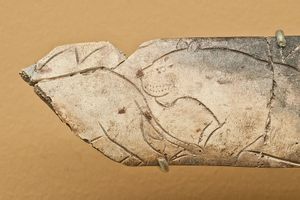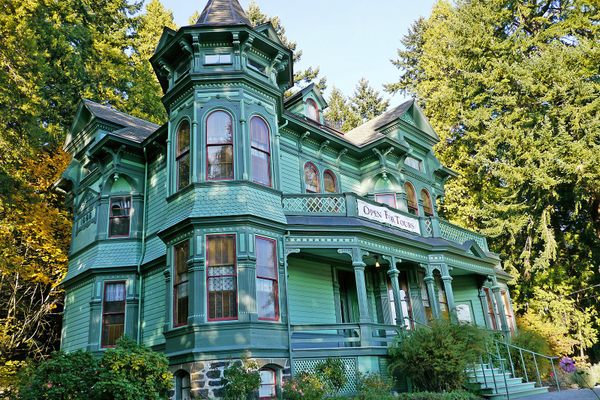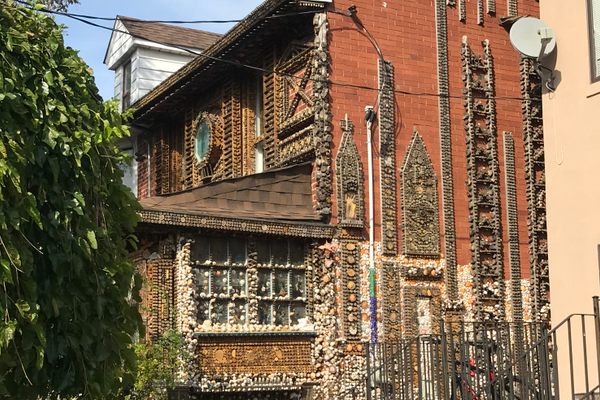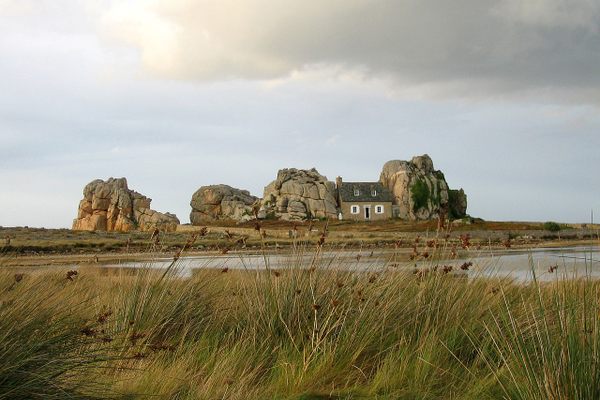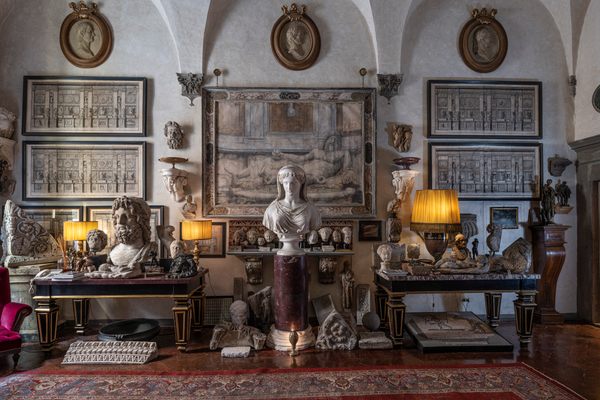About
The Désert de Retz is an unusual French folly garden located on the border of the Foret de Marly, 25 km west of Paris in the Municipality of Chambourcy. Constructed by French aristocrat François Nicolas Henri Racine de Monville, the property covers more than ninety acres and includes a variety of buildings, each built in a different and exotic style. The estate is also home to acres of gardens, orchards and seemingly natural landscapes, all painstakingly designed by Monville. This garden of architectural follies was the owner's concept, designed by him with the possible aid of two of the most noted French Architects of the era, Francois Barbier and Étienne-Louis Boullée. A man of gentle birth born into the court of Louis XV, Monville was a bon vivant, musician, architect and landscape designer. At one point he was named Grandmaster of the Waters and Forests of Normandy, though sold this title several years later. His most enduring contributions to the fields of both architecture and landscape design are his home, his Désert de Retz estate.
Of all the structures that dot the Désert de Retz, the most interesting is undoubtedly the main structure, inhabited by Monville, a summerhouse built in the form of a truncated column of grand proportions. The Colonne Brisée, or shattered column, was constructed to resemble the base of a giant stone column that has been broken. Inside, crowned by a skylight in the roof, a central spiral staircase carries visitors between the round structure's six levels, each floor lit by windows of differing designs. Also known as "La Colonne Détruite," the park property's main structure brings to mind the base of one of the fluted columns gracing the Parthenon, except very much larger. This change of scale presents an interesting idea, as most Folly Architecture throughout history has involved the miniaturization of known classical forms, the size of La Colonne brings to mind remains of a temple built for tenants far surpassing mankind in size, perhaps- for the Gods, Themselves?
Throughout the estate are a variety of buildings made to resemble different structures from both antiquity and more exotic locales. The Chinese House, an elaborate octagonal teak structure sadly no longer standing, is said to have been the first example of Oriental architecture built in Europe. In total some twenty separate buildings and architectural remnants were constructed, although only ten remain. These include a stone icehouse constructed in the shape of an Egyptian pyramid. A painted tin structure in blue and white stripes, embellished with depictions of tassels is called The Tartar Tent. At the beginning of the French Revolution, Monville sold his estate in an attempt to raise enough capital to possibly escape the country and the guillotine. Captured by the Revolutionaries in 1794, the well-connected Msr. Monville passed time while imprisoned by gambling at cards with his guards. However, all did not end as well for Monville, who succumbed to gangrene in 1797.
His house and property changed hands multiple times over the ensuing centuries, falling into disrepair along the way. In 1966 the French Minister for Culture announced plans to save the estate and to restore many of the buildings. In 1981, a company called the Worms group purchased Le Desert, giving it to the Société Civile du Désert de Retz.
After a partial restoration in the 1990's, the estate was purchased for over a million and a half euros by the Société Foncière de Joyenval, which now operates an adjacent golf course. The society in turn gave Le Desert and half of the gardens to the local town, the Municipality of Chambourcy, ensuring the continued preservation of this place unlike any other, a recognized "World Monument."
Related Tags
Know Before You Go
Located 25 km West of Paris
Published
July 14, 2010
Sources
- http://en.wikipedia.org/wiki/D%C3%A9sert_de_Retz
- http://en.wikipedia.org/wiki/Fran%C3%A7ois_Racine_de_Monville
- http://www.desertderetz.info/welcome.htm
- https://youtu.be/6y5qgOPCDmE
- https://pruned.blogspot.com/2007/09/broken-column-house.html
- https://www.wmf.org/project/désert-de-retz
- https://en.wikipedia.org/wiki/Désert_de_Retz









